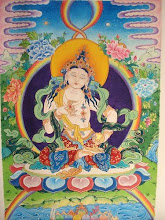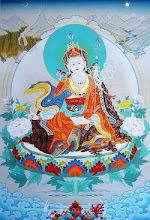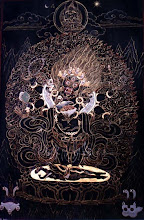One of my dreams for the past 10 years or so has been to spend a year traveling across India.
As of the end of November, I will have spent 5 months of 2007 in Nepal, the limit for someone on a tourist visa. Once the calendar turns to 01 January 2008, I am welcome back for another five months. And so to pass the time and to have a small taste of my dream, I'll be spending December in India, specifically the poorest parts, Bihar and Uttar Pradesh.
As my plan stands now, I'll be in Bodhgaya for a good part of the month. From 01-11 December I'm scheduled for a meditation retreat. If I survive that one and am up for more, I've signed up for a second to follow immediately on the first. The rules of the retreats require participants to maintain silence for the duration. I will be unable, except in case of emergencies, to communicate with anyone but the instructors. That means I won't be posting here or sending email for at least 10 days, perhaps 20. In this instance, no news will in fact be good news.
Because of the uncertainty over whether I'll be doing the second retreat, I have no post-retreat itinerary except to visit the following cities, all in the states of Bihar or Utttar Pradesh:
Rajgir
Nalanda
Parsnath
Patna
Vaishali
Varanasi
Sarnath
Kusinagar
I plan to enter Nepal overland by bus and to visit the towns of Lumbini and Kapilivatu before returning to Kathmandu in the first week in January.
As time and facilities permit, I'll be posting photos and updates, though I expect they will be sporadic. In any case, most of you will be busy with the year-end holidays and will likely not even notice that I've been away.Wherever you go, whatever you're doing, I hope you enjoy the rest of 2007. Thank you for being a part of mine.
I look forward to seeing you again in 2008.
Merry Christmas!
Happy Hanukkah!
Akemashite Omedetou Gozaimasu!













 The Himalayas on a clear autumn morning.
The Himalayas on a clear autumn morning.

















































